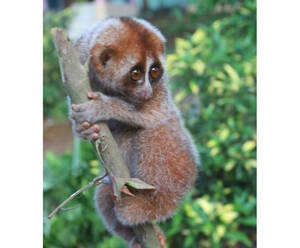
Nycticebus menagensis
Nycticebus menagensis,Philippine Slow Loris
Philippine Slow Loris (Nycticebus menagensis) is a primate of the order Pros···
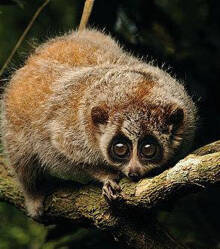
Nycticebus kayan
Nycticebus kayan,Kayan Slow Loris
Kayan Slow Loris (Scientific name: Nycticebus kayan) is named after the Kaya···
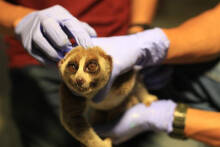
Nycticebus hilleri
Nycticebus hilleri,Sumatran Slow Loris
Sumatran Slow Loris (scientific name: Nycticebus hilleri) foreign name Sumat···
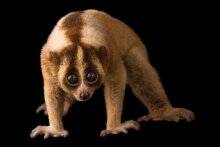
Nycticebus javanicus
Nycticebus javanicus,Javan Slow Loris
Javan Slow Loris (scientific name: Nycticebus javanicus) is also known as Ja···
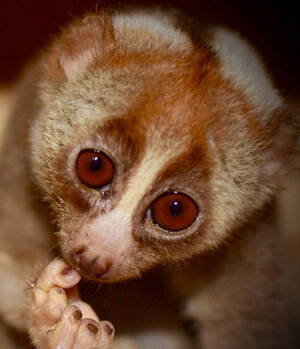
Nycticebus coucan
Nycticebus coucan, Greater Slow Loris、 Slow Loris、Sunda Slow Loris, Loris lent, Loris Lento,Middle Slow Loris
The slow loris (scientific name: Nycticebus coucan) is called Greater Slow L···
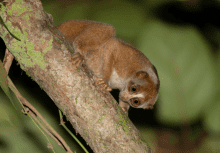
Nycticebus borneanus
Nycticebus borneanus,Bornean Slow Loris
Kalimantan slow loris (scientific name: Nycticebus borneanus), foreign name ···
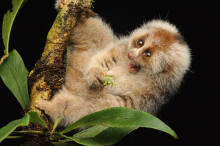
Nycticebus bancanus
Nycticebus bancanus,Bangka Slow Loris
Bangka Island Slow Loris (scientific name: Nycticebus bancanus), also known ···
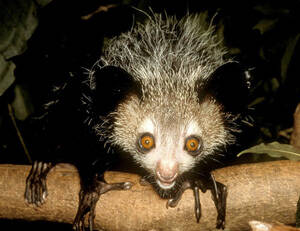
Daubentonia madagascariensis
Daubentonia madagascariensis,Aye-aye
Daubentonia madagascariensis (scientific name: Aye-aye) is named after the l···
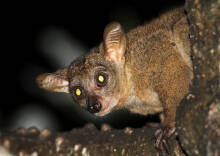
Otolemur crassicaudatus
Otolemur crassicaudatus,Rough-tailed monkey
Otolemur crassicaudatus (Latin name: Otolemur crassicaudatus) is a nocturnal···
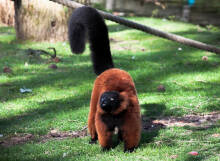
Varecia rubra
Varecia rubra,Red Ruffed Lemur
The red-collared lemur (scientific name: Varecia rubra), whose foreign name ···
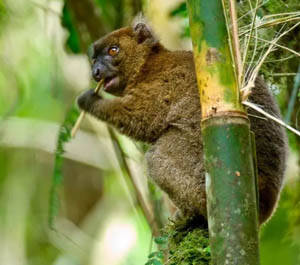
Prolemur simus
Prolemur simus,Greater Bamboo Lemur
Greater Bamboo Lemur (scientific name: Prolemur simus) is a monotypic specie···
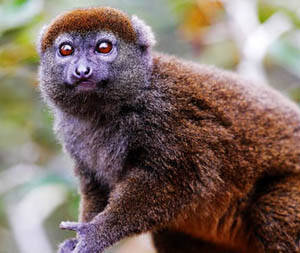
Hapalemur simus
Hapalemur simus,Greater Bamboo Lemur
The Greater Bamboo Lemur (scientific name: Hapalemur simus) is the largest l···
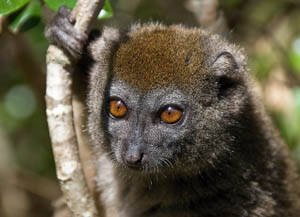
Hapalemur occidentalis
Hapalemur occidentalis
The Sanhe tame lemur (scientific name: Hapalemur occidentalis) lives in trop···
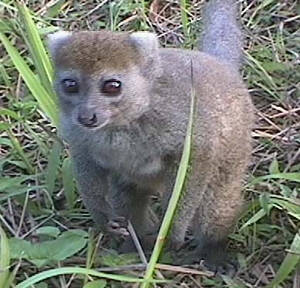
Hapalemur griseus
Hapalemur griseus,Alaotran Gentle Lemur, Alaotra Reed Lemur
The scientific name of the gray lemur is Hapalemur griseus, and its foreign ···
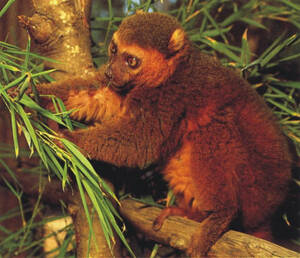
Hapalemur aureus
Hapalemur aureus,Golden Lemur
Golden Bamboo Lemur (scientific name: Hapalemur aureus) is a small lemur.Gol···
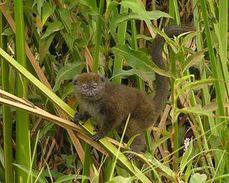
Hapalemur alaotrensis
The Alaotra Lake tame lemur (scientific name: Hapalemur alaotrensis) is list···
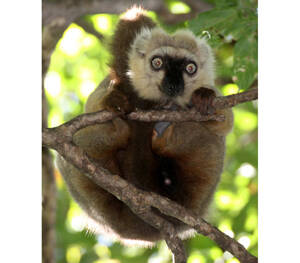
Eulemur sanfordi
Eulemur sanfordi,Sanford's Brown Lemur
Sanford's Brown Lemur (scientific name: Eulemur sanfordi) is called Sanf···
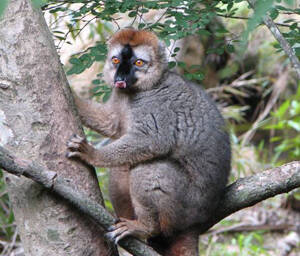
Eulemur rufus
Eulemur rufus,Red Brown Lemur,Red-fronted lemur
Red Brown Lemur (scientific name: Eulemur rufus) lives in small groups, usua···
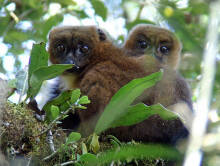
Eulemur rubriventer
Eulemur rubriventer,Red-bellied Lemur,Red-bellied lemur
Red-bellied Lemur (scientific name: Eulemur rubriventer) is called Red-belli···
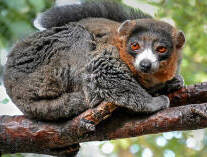
Eulemur mongoz
Eulemur mongoz,Mongoose Lemur,Mongoose lemur
Mongoose Lemur (scientific name: Eulemur mongoz) is called Mongoose Lemur in···
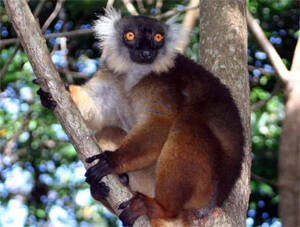
Eulemur macaco
Eulemur macaco,Black Lemur
Black Lemur (scientific name: Eulemur macaco) is mainly found in the humid t···
